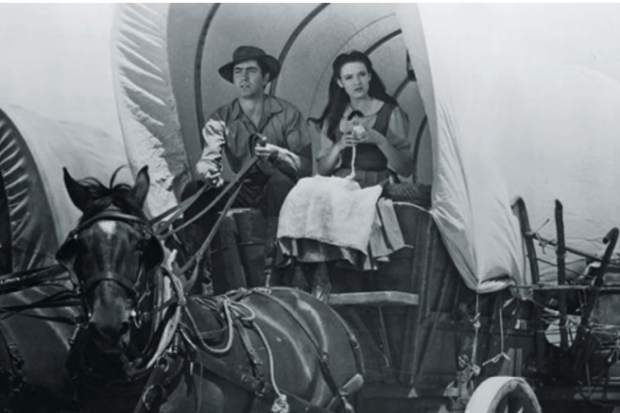Female scientists are likely to receive lower salary offers and smaller research start-up grants if hiring panels know that their partner has been offered a job at the same institution, research indicates.
With more than half of all US scientists believed to have a spouse or partner who is also a faculty member, many universities have begun to take into account the “two-body problem” faced by academic couples who wish to work in the same institution or region.
However, a new study published in the journal Equality, Diversity and Inclusion suggests that women may be disadvantaged, rather than advantaged, if selectors are aware that their partner is taking a job at the same university.
In a test to determine whether such “dual-career” candidates are treated differently, researchers asked 60 health science faculty members involved in recruitment to assess a range of applicants for an assistant professor position, explains the paper, written by Jill Allen, Jessi Smith and Lynda Ransdell.
The only difference between the applicants, who had near identical education, experience and publication records, was the inclusion of a note from a different university department stating that the candidate was “a partner of our finalist, who informed the committee of the need for an academic partner accommodation” before they could take a role at the institution.
While the note did not influence the male or female selectors’ willingness to make a job offer to the applicant, male selectors recommended lower salaries to them than they did to solo candidates, on average about $2,000 (£1,530), or 7 per cent, less.
Male evaluators also offered less generous research start-up packages to candidates with academic partners, recommending 40 per cent more on average to equally qualified solo candidates.
These differences in pay or start-up packages could “result in an accumulation of disadvantage” if the same bias is replicated over time, leading to a “death by a thousand cuts” in terms of career advancement, the authors argue.
Bias could be explained by the fact that some departments resented a faculty hire being “forced on” them as part of a “two-body hire”, despite the candidate’s suitability.
With some 84 per cent of female academic scientists and 54 per cent of male scientists having an academic partner, according to a 2008 study by Stanford University professor Londa Schiebinger, the paper suggests that bias training is needed to change “implicit attitudes” towards two-body appointments, “especially among men who are most often in positions of power to transform their institutions”.
Dr Allen, assistant professor of psychology at Drake University in Iowa, told Times Higher Education that the findings were “a call to action for academic science, including universities that are interested in attracting (and retaining) a diverse STEM faculty through dual-career and affirmative action hires”.
“When you consider the issue of dual-career hires as a two-body ‘opportunity’ rather than a two-body ‘problem’, the entire narrative shifts,” Dr Allen said.
“Such systemic change to reduce bias begins with policies and procedures that are consistent with institutional diversity initiatives, directly influencing individuals involved in the hiring process.”
Register to continue
Why register?
- Registration is free and only takes a moment
- Once registered, you can read 3 articles a month
- Sign up for our newsletter
Subscribe
Or subscribe for unlimited access to:
- Unlimited access to news, views, insights & reviews
- Digital editions
- Digital access to THE’s university and college rankings analysis
Already registered or a current subscriber?






